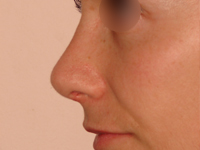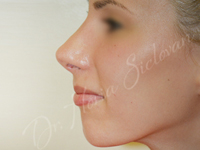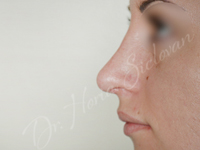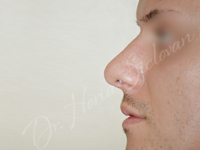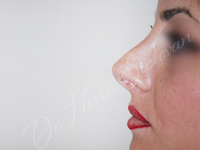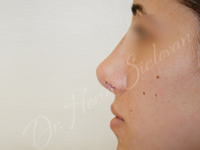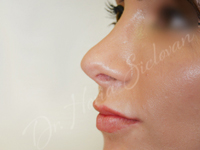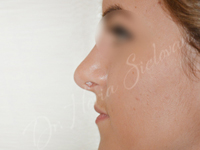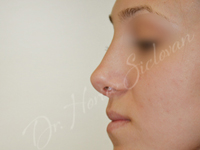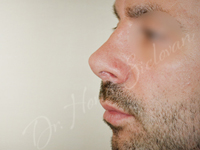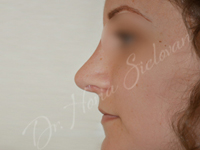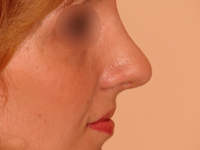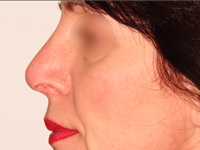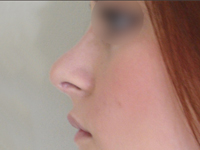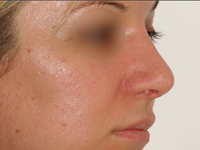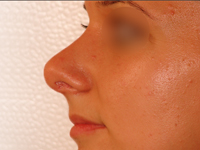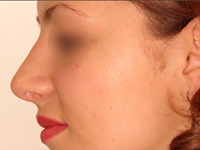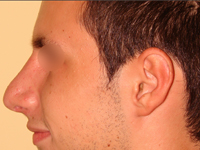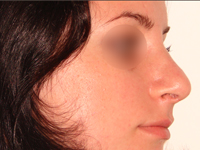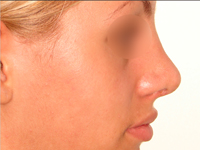RHINOPLASTY (NOSE SURGERY)
OBJECTIVES
Rhinoplasty is a specific procedure to improve the appearance of the nose. Specific features addressed in rhinoplasty include:
» Nose size
» Nose width (at the bridge or in the size and position of the nostrils)
» Nose profile (humps or depressions on the bridge)
» Nasal tip (bulbous, dropping, upturned or hooked)
» Nostrils (large, wide or upturned)
» Nasal asymmetry
PREOPERATIVE CONSULTATION
Rhinoplasty is best performed when facial growth is complete (around age 15).
PROCEDURE OVERVIEW
Cosmetic surgery of the nose is am individualized procedure that takes into account all the specific characteristics that contribute to the overall appearance of the nose and its relation to other facial features. Appropriate techniques will then be defined and may include:
» Alteration of the nasal bridge
» Reshaping the nasal bridge
» Reducing the shape or width of the nose
» Reshaping the nasal tip
» Reducing the width or size of the nostrils
» Adjusting the angle between the nose and upper lip
Rhinoplasty is performed either using a closed procedure, where incisions are hidden inside the nose, or an open procedure, where an incision is made across the columella. Through these incisions, the soft tissues that cover the nose are gently raised, allowing access to reshape the structure of the nose.
RECOVERY
After procedure, a splint will be placed on the outside and packing will be placed inside the nose to support and protect the new structures during healing.
Initial healing may include swelling, bruising, headache and discomfort that can be controlled with cold compresses and medication. A return to normal activity is possible within a few days of surgery. Any packing or splints will be removed after the first week, although is necessary to wear the splint for an additional week. Cosmetics can camouflage any bruising or redness. Healing will continue for several weeks as swelling continues to dissipate and the improved appearance of the nose begins to become apparent. The patient must protect the nose from injury during any physical activity for the next 6 months.
RISKS
The risks associated with rhinoplasty include infection, nosebleed or rupture of small surface vessels of the nose. The aesthetic outcomes can be unpredictable and in some cases a second procedure may be necessary. All surgery risks carries risks associated with anesthesia.
RESULTS
The outcome of rhinoplasty will appear gradually over time. At a minimum, a year is considered normal for the outcome of rhinoplasty to fully refine. In general, the results of rhinoplasty are permanent.





